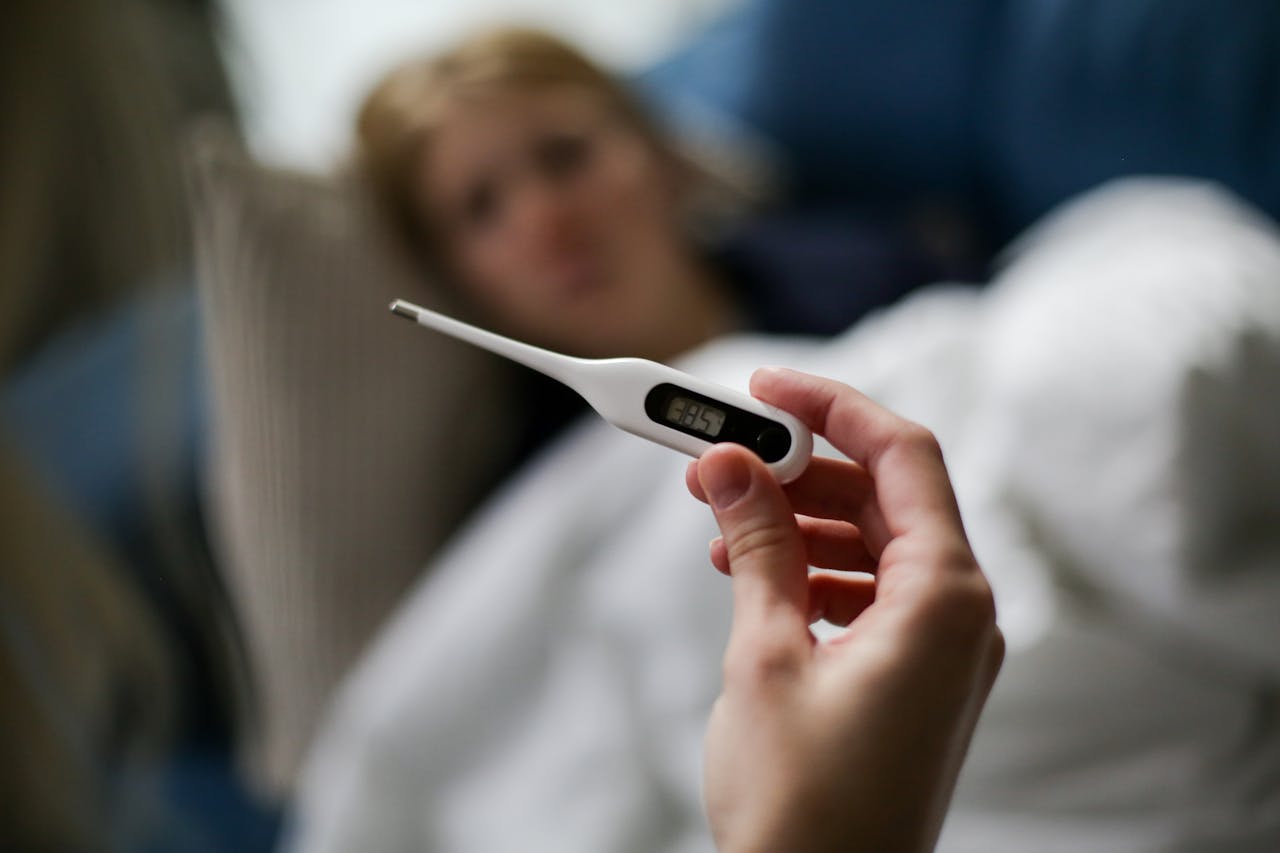Nannies, housekeepers, senior care workers, and other domestic employees are covered under this state regulation. Our payroll partner, GTM Payroll Services, provides a look at the law and what household employers in New York need to know.
Under New York State’s Paid Sick Leave Law, workers employed in the state – including household employees like nannies, senior caregivers, and housekeepers – have been able to use job-protected, paid or unpaid sick leave for certain designated purposes since January 1, 2021. Employees began accruing leave on September 30, 2020.
Sick leave can be used for treatment, care, preventative care, and diagnosis for an employee’s or employee’s family member’s illness, injury, or health condition.
Eligibility under New York State’s Paid Sick Leave Law
All household employees in New York State are covered by the law and eligible for sick leave. There is no distinction between full- and part-time workers. An employee’s immigration status also has no effect on their eligibility for sick leave benefits under the law.
Amount of sick leave available to employees
Families with between one and four employees must provide up to 40 hours of unpaid leave. Depending on a private employer’s size, however, that sick leave may need to be paid. Sick leave can remain unpaid if the employer had $1 million or less in net income in the previous tax year. If the employer exceeded $1 million in net income over that time, then employee sick leave must be paid.
It appears employer net income is meant for businesses and not household employers. However, we expect to receive guidance from the state’s Department of Labor on how the law specifically applies to household employers by the end of the year.
Households with five or more employees are required to provide up to 40 hours of paid sick leave. There is no net income condition for larger employers.
Any unused sick leave at the end of the calendar year must be carried over to the next year, but employers may cap the amount of sick leave at 40 hours.
Employers can:
- provide sick leave as the employee accrues the time or;
- frontload the leave at the beginning of each calendar year
Household employers can also offer a more generous amount of sick leave to their employees as the law requires.
To determine use and accrual of leave, household employers can use “calendar year” to mean the 12-month period from January 1 to December 31 or any other 12-month period.
Accruing and using sick leave
Household employees accrue sick leave at a rate of at least one hour per 30 hours worked. Workers began to accrue sick leave on September 30, 2020, or the date they are hired, whichever is later.
Household employers may set a reasonable minimum increment for the use of sick leave that cannot exceed 4 hours.
In situations where sick leave is paid, household employers are not required to pay out unused leave upon an employee’s termination. Although the paid sick leave law does not say whether employers must notify their workers that accrued sick leave will be forfeited upon separation, the state’s paid time off rules require this type of notification in writing. Household employers may want to implement a written forfeiture policy. That way they can avoid paying employees for their unused accrued paid sick time upon the end of their employment.
Paid sick leave is paid at the employee’s regular rate of pay.
Situations covered by sick leave
Sick leave is available to household employees to cover certain situations, specifically:
- For a mental or physical illness, injury, or health condition of an employee or an employee’s family member, irrespective of whether such illness, injury, or health condition has been diagnosed or requires medical care at the time the employee requests such leave.
- For the diagnosis, care, or treatment of a mental or physical illness, injury, or health condition of, or need for medical diagnosis of, or preventive care for, an employee or such employee’s family member (this can include doctor, dentist, eye doctor, and other routine appointments).
- For the absence from work when an employee or employee’s family member is the victim of domestic violence, a sexual offense, stalking, or human trafficking to avail themselves of services or assistance.
“Family member” is defined as an employee’s child, spouse, domestic partner, parent, sibling, grandchild, or grandparent, and the child or parent of an employee’s spouse or domestic partner. “Parent” is defined as a biological, foster, step, or adoptive parent, or a legal guardian of an employee, or a person who stood in loco parentis when the employee was a minor child. “Child” is defined as a biological, adopted, or foster child, a legal ward, or a child of an employee standing in loco parentis.
Household employers may require written verification from their employees that sick leave is being used for the medical or safety purposes covered by the law. However, you may not request the disclosure of confidential information, such as the illness or medical condition of an employee or an employee’s family member.
Sick leave record-keeping for household employers
Household employers now must provide a summary of the amounts of sick leave accrued and used in any calendar year within three business days of an employee’s request. Employers must also retain records of leave accrual and usage for each employee for six years.
Current PTO policies and paid sick leave
If you are required to provide paid sick leave under this law and already provide paid time off (PTO) to your employees, you are not required to maintain a separate sick leave policy as long as the PTO you provide accrues at the required minimum rate.
Next steps for household employers
Household employers should review their current sick leave policies to determine if they meet or exceed the New York State Paid Sick Leave Law requirements for amounts, accrual, and carryover.
Household employers should also start tracking and maintaining records of sick leave their employees accrue and use.
Frequently asked questions
Download the New York State Paid Sick Leave Law FAQ (PDF).
GTM can help
Household employment tax, wage, and labor laws are complex and can be confusing for a family that is hiring someone to work in their home. That’s where a comprehensive payroll and tax service like GTM Payroll Services can step in and provide guidance. We have a team of experienced payroll and tax professionals as well as licensed insurance brokers ready to assist. To learn more, call (800) 929-9213 for a complimentary, no-obligation consultation with a household employment expert.
Nanny on Sick Leave? We Can Help
Whether or not you hired your nanny or other domestic worker through our agency, when your primary caregiver isn’t available, we can provide backup care so you don’t have to miss work or other obligations. Our caregivers are professional, reliable, and thoroughly screened for your peace of mind.
Contact us at (518) 348-0400 to request one of our amazing caregivers, and to get help with babysitting, after-school care, housekeeping, and even pet sitting!

